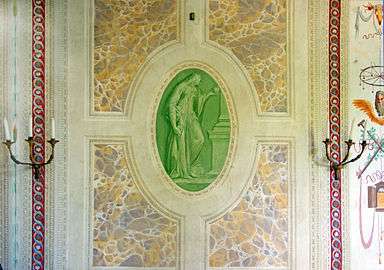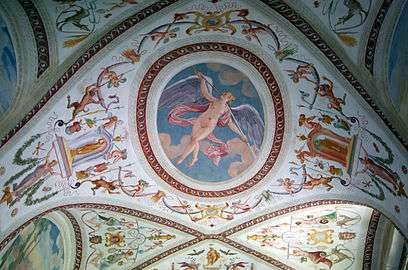Villa Foscari
| UNESCO World Heritage site | |
|---|---|
 | |
| Location | Mira, Province of Venice, Veneto, Italy |
| Part of | City of Vicenza and the Palladian Villas of the Veneto |
| Criteria | Cultural: (i), (ii) |
| Reference | 712bis-021 |
| Inscription | 1994 (18th Session) |
| Extensions | 1996 |
| Area | 5.87 ha (14.5 acres) |
| Website |
www |
| Coordinates | 45°26′7″N 12°12′4″E / 45.43528°N 12.20111°ECoordinates: 45°26′7″N 12°12′4″E / 45.43528°N 12.20111°E |
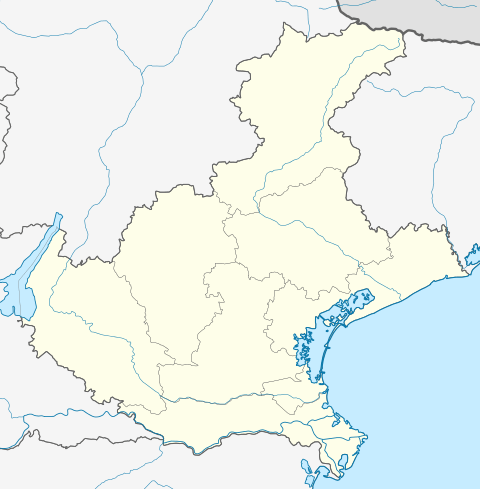 Location of Villa Foscari in Veneto 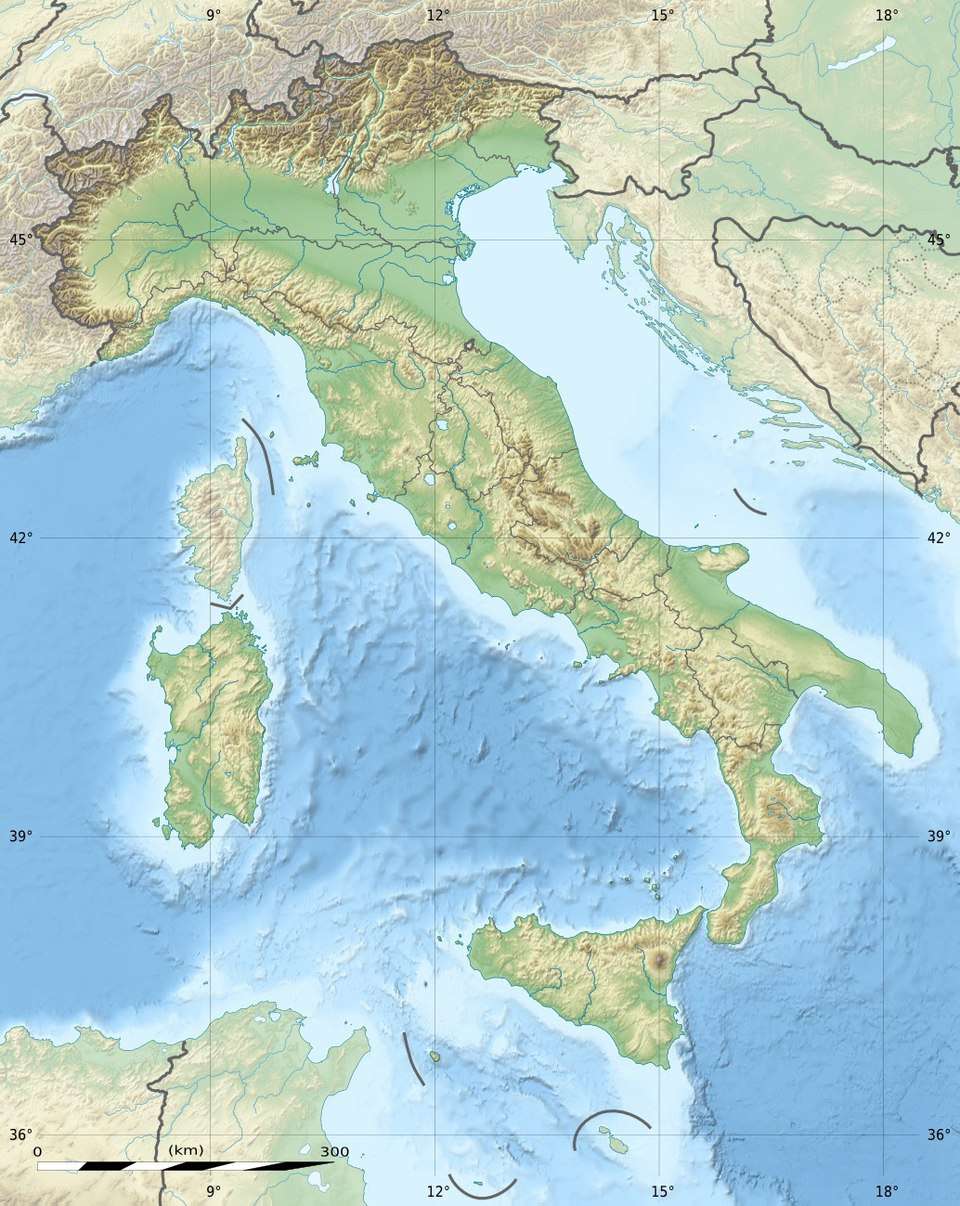 Villa Foscari (Italy) | |
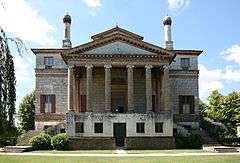
Villa Foscari is a patrician villa in Mira, near Venice, northern Italy, designed by the Italian architect Andrea Palladio. It is also known as La Malcontenta, a nickname which it received when the spouse of one of the Foscaris was locked up in the house because she allegedly didn't live up to her conjugal duty.
Architecture
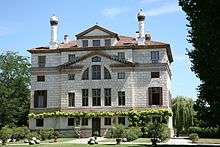
The villa was commissioned by the brothers Nicolo and Luigi Foscari, members of a patrician Venetian family that produced Francesco Foscari, one of Venice's most noted doges. It was built between 1558 and 1560. It is located beside the Brenta canal and is raised on a pedestal, which is characteristic of Palladio's villas; this pedestal is more massive than most of Palladio's villas (the base is 11 feet high, more than twice the height Palladio normally used) because it was not possible to construct a subterranean basement on the site.
The villa lacks the agricultural buildings which were an integral part of some of the other Palladian villas. It was used for official receptions, such as that given for Henry III of France in 1574.

Interior
The interior of the villa is richly decorated with frescoes by Battista Franco and Giambattista Zelotti. Mythological scenes from Ovid alternate with allegories of the Arts and Virtues. As at other Palladian villas, the paintings reflect villa life in, for example, Astraea showing Jove the pleasures of the Earth. The frescoes have dulled over time, signs of the increasing threat that air pollution poses to works of art.
Recent history
Robert Byron visited the villa in 1933 and afterwards wrote that Albert Clinton Landsberg had, nine years earlier, found the villa "at the point of ruin, doorless and windowless, a granary of indeterminate farm-produce,"[1] and had made it a habitable dwelling.
In 1973, Antonio Foscari (a descendant of the Foscari lineage) and his wife, Barbara del Vicario, recovered the villa, and have undertaken a painstaking process of restoring the villa to its original grandeur. In 2012 Foscari wrote of the villa's renaissance.[2]
Since 1996 the building has been conserved as part of the World Heritage Site "City of Vicenza and the Palladian Villas of the Veneto".[3] Today, the villa is open to the public for visits on a limited basis.
See also
References
- ↑ The Road to Oxiana, Robert Byron, Pimlico edition, 2004, page 4.
- ↑ Antonio, Foscari. La Malcontenta 1924-1939: Tumult and Order. Lars Müller Publishers. ISBN 978-3-03778-297-2.
- ↑ Official website
- Murano, Michelangelo; Paolo Marton (1999). Venetian Villas. Germany: Könemann. p. 186. ISBN 3-89508-242-2.
External links
| Wikimedia Commons has media related to Villa Foscari. |
- Official website
- (in English) (in Italian) Centro Internazionale di Studi di Architettura Andrea Palladio

